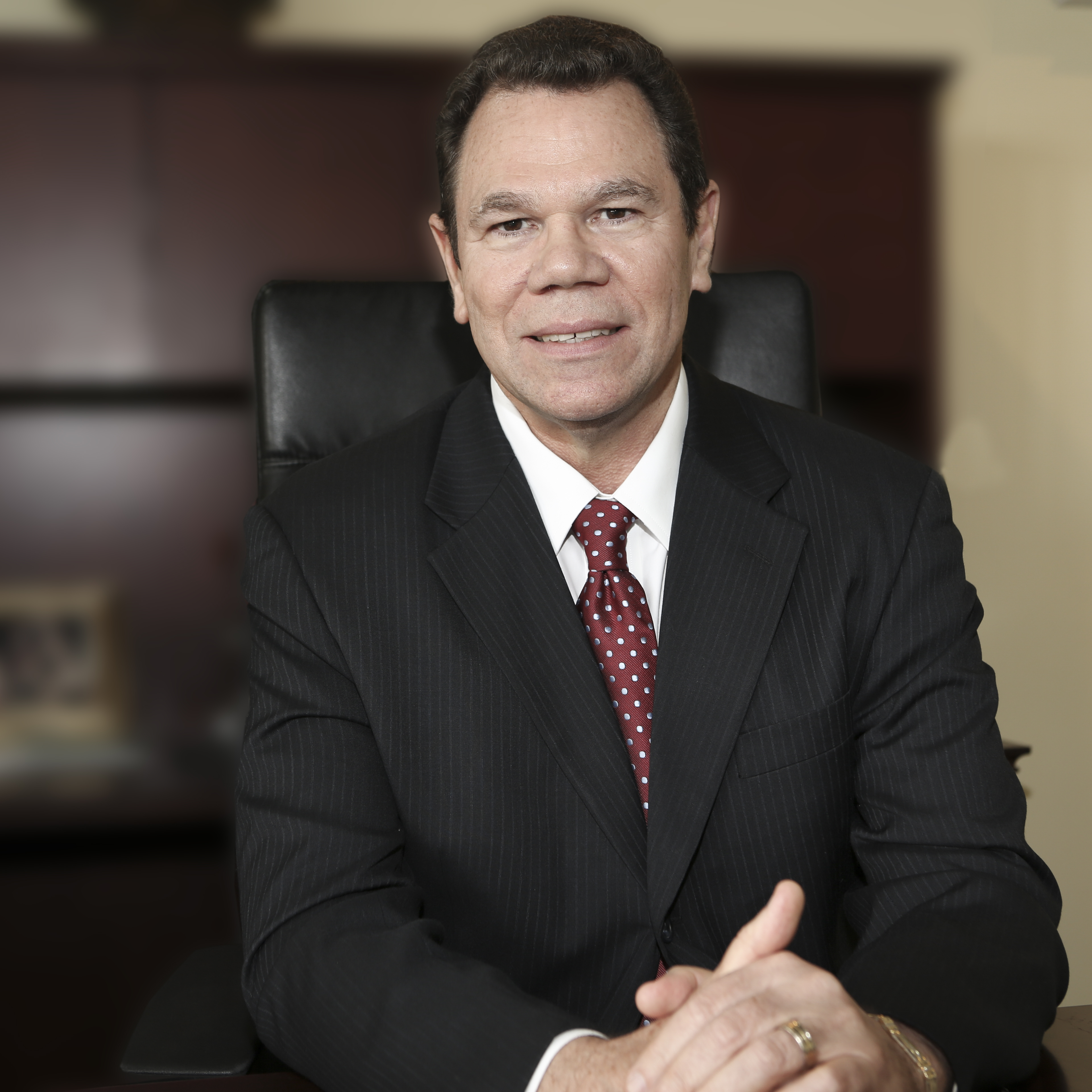President of the Caribbean Development Bank (CDB), Dr. Wm. Warren Smith, today announced that the institution is making USD700 to 800 million (mn) available to help Borrowing Member Countries (BMCs) recover from the impact of the 2017 Atlantic Hurricane Season. The funding, which the Bank is providing over the next five years, complements its ongoing work to build resilience in the Caribbean Region.
“Disaster risk management and resilience building took centre-stage again in CDB’s strategic responses to the challenges facing our BMCs,” said Smith while outlining the Bank’s 2017 performance during his Annual News Conference on February 7, 2018.
“To incentivise BMCs to invest in climate-resilient infrastructure, CDB must be able to also offer grant and other attractively priced financial resources. But the challenges our Region faces are bigger than what CDB can handle on its own. We have, therefore, been drawing on a combination of our own resources as well as funds intermediated through CDB by other development partners to meet this challenge,” he added.
In 2017, the Bank mobilised concessionary resources from development partners to support more resilient infrastructure projects throughout the Region.
Last year, CDB also announced a new USD70 million fund, through which the Government of Mexico is providing grants to boost regional infrastructure in the Bank’s BMCs.
In 2018, the , a GBP300 mn programme launched two years ago, will be expanded to include an additional GBP28 mn to assist in the recovery efforts in Antigua and Barbuda, and Dominica, the President said.
Smith, noting that globally the Caribbean is the second-most vulnerable to climate change in the world, said he is optimistic about the Region’s ability to build back better and stronger.
“The Caribbean has had a long history of bouncing back from natural disasters and other external shocks. So, in the events of 2017, we see immense opportunity for the BMCs to come back stronger and more resilient,” said Smith.
Against the backdrop of increasing intensity and frequency of natural disasters, and greater vulnerability of its BMCs, the President also said that CDB is working actively to strengthen its own operations.
The Bank achieved a rating upgrade to AA+ from Standard & Poor’s, and an AA+ capital market rating from Fitch Ratings in 2017, and now has a unified rating across the three major rating agencies, including Moody’s Investors Service (Aa1).
Smith also highlighted the Bank’s improved performance in 2017. CDB recorded strong growth in both approvals and disbursements. It approved capital loans and technical assistance interventions totalling USD364 million, up 18 percent over 2016. In addition, in 2017, the Bank disbursed USD233 million – an increase of 13 percent, compared with the previous year. (Caribbean Development Bank Press Release)
February 7, 2018, BRIDGETOWN, Barbados –
|
Caribbean Development Bank The Caribbean Development Bank (CDB), is a regional financial institution which was established by an Agreement signed on October 18, 1969, in Kingston, Jamaica, and entered into force on January 26, 1970. The Bank came into existence for the purpose of contributing to the harmonious economic growth and development of the member countries in the Caribbean and promoting economic cooperation and integration among them, having special and urgent regard to the needs of the less developed members of the region (Article 1 of the Agreement establishing CDB). In the Revised Treaty of Chaguaramas, the CDB is recognised as an Associate Institution of CARICOM. |






